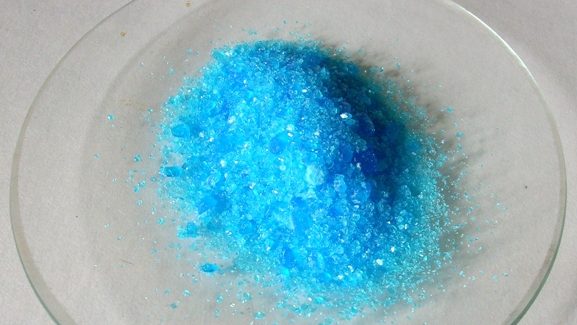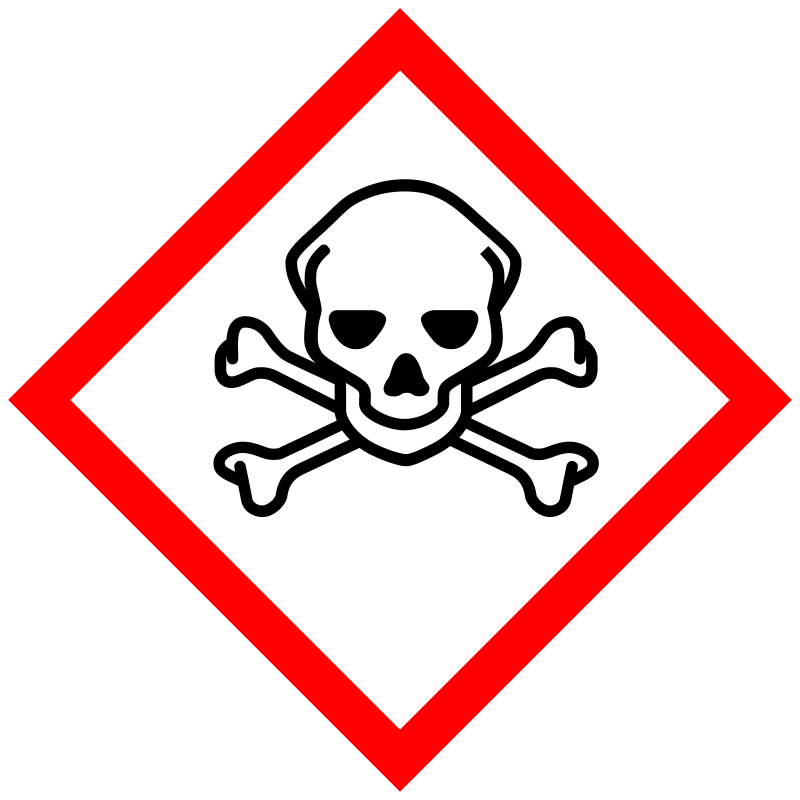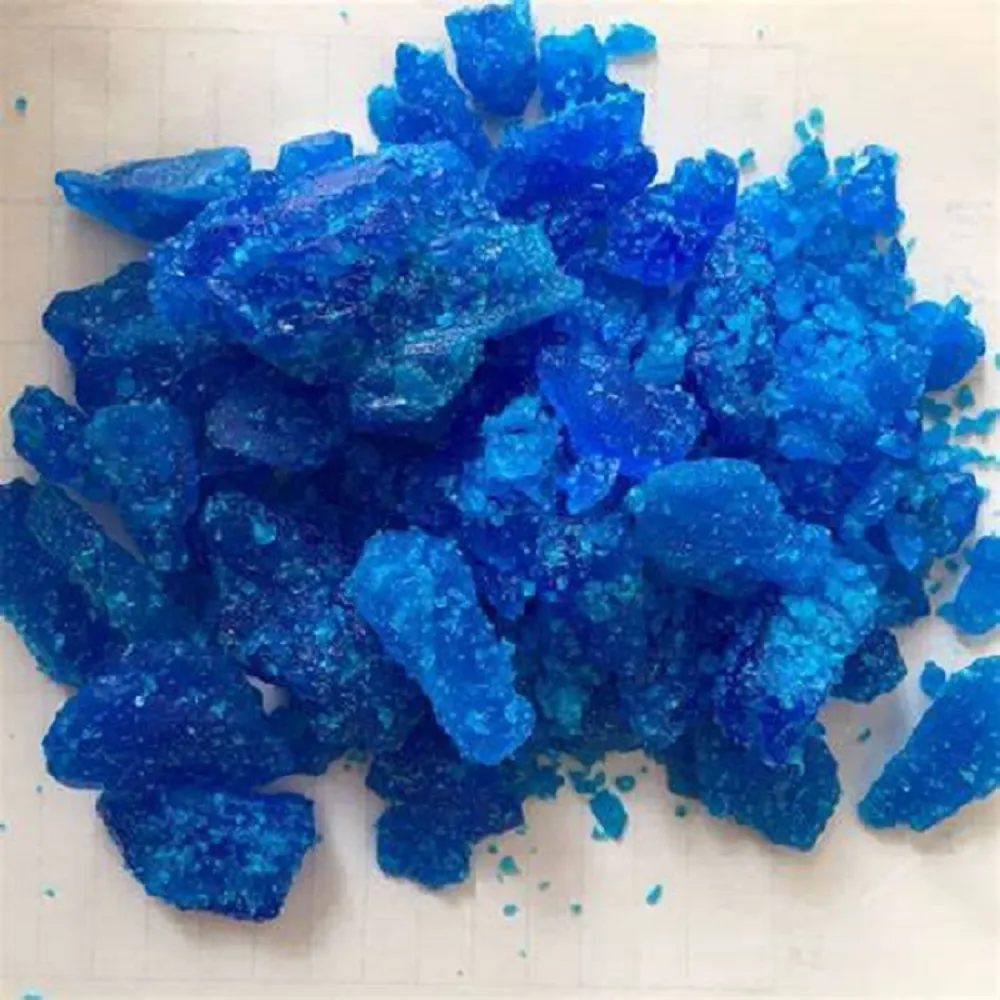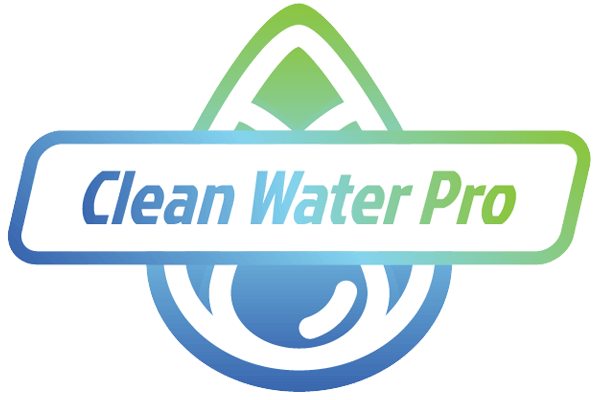What is Copper Sulphate / Bluestone?
Copper sulphate, or Bluestone, is a very toxic, odourless, crystalline, blue substance. In a production setting, sulphate of copper is produced by heating copper metal or copper oxidation with heated concentrated h2so4 or diluted sulphuric acid.
Keeping the ecosystem of ponds and lakes in good shape is a challenging endeavour. Artificial lakes and ponds and those in agricultural or urban settings tend to have higher concentrations of nutrients and pollution, making them ideal breeding grounds for algae.
Some forms of algae are common and even helpful to the environment. Diatoms are a kind of algae that produces oxygen that is essential to human life; in fact, diatoms produce up to 40% of the oxygen we breathe. A decrease in oxygen supply, green, scummy water, and maybe fish deaths may occur from excessive algae or the wrong sort of algae (such as filamentous algae and cyanobacteria).

What Does Copper Sulphate / Bluestone Do in the Water?
Treatment with bluestone may lessen the possibility of algae growth, but if the problem already exists, it will kill the algae and release their toxins. This will result in a greater accumulation of toxins overall. If therapy for dugout algae is initiated early enough, it may be possible to avoid the condition altogether.
- Crystallization water molecules are so unique that they have their own moniker. Purified copper sulphate generates negligible heat when it dissolves in water. With only five more H2O molecules, the colour changes to a vibrant blue.
- In addition to its aesthetic value, bluestone is often used for removing nuisance aquatic plants. Since bluestone contains copper sulphate, it may be used to treat water bodies like ponds for algae and moss.
- One approach involves dissolving the required quantity of water and spraying the resulting solution over the whole surface of the pond or lake. Dry copper sulphate may be sprayed over the water’s surface from a boat if the necessary equipment is on board.
- Within a day of application, copper sulphate often settles to the bottom of hard or alkaline waters. There is a greater effect on the algae during the time when the chelated copper is in solution.
What are the effects of Copper Sulfate / Bluestone?
It can kill all living organisms in its path! Fish and other aquatic life may be poisoned by copper sulphate. Copper sulphate causes copper to accumulate in pond sediments, leading to a sterile bottom. It wipes out helpful bacteria along with a host of other vital creatures. Some algae species may become immune to the copper sulphate becoming ineffective.

Here are nine effects of copper sulphate:
- Unfortunately, this won’t fix the underlying problems that allow algae to flourish in your pond. However, this treatment is only effective for the visible symptoms of algae development in water. Nutrients that aid algal development are not affected, but the algae themselves are. After killing the algae, the decaying leftovers fall to the pond’s bottom, releasing additional nutrients that may produce future blooms. This renders copper sulphate ineffective.
- Toxic to humans at very high doses. Although effective against algae, copper sulphate poses a risk to human health due to its toxicity. Since copper sulphate is easily absorbed via the skin, it is imperative that dispensers take every precaution to ensure that the chemical never comes into contact with human flesh. Intense itching and possible skin discoloration might result from skin contact. If inhaled as a powder or ingested as a liquid, copper sulphate may cause immediate vomiting. If it remains in the stomach, it can lead to unconsciousness, burning pain, nausea, diarrhea, headache, shock, and coma. Since it poses such risks, the EPA has classified copper sulphate as a class 1-highly dangerous product, requiring a poison warning to be shown prominently on all packaging. Copper sulphate administration is ultimately risky for the person doing the procedure. When it comes to the health of humans, the costs of dealing with an algal bloom outweigh the benefits.
- Settles as a heavy metal precipitate. When it comes into contact with water, it immediately falls to the bottom, perhaps settling as a heavy metal precipitate. The accumulation of toxins from copper sulphate and decaying algae might “rebound” the mass to levels above the original bloom. It also speeds up phosphorus recycling, which might promote algal blooms.
- Neither heat nor moisture nor time nor gravity can decompose this substance. As was noted before, copper sulphate reacts with water to generate a heavy metal precipitate. This stops it from decomposing in the environment. Deposits of copper sulphate at the water’s base have the potential to kill out helpful bacteria, resulting in an ecosystem that is weaker overall. You’ll need extra chemicals or treatments since it’s not natural.
- Therefore, it has an adverse effect on terrestrial and aquatic ecosystems. When used in large quantities, copper sulphate may kill out all the bacteria and nutrients at the bottom of a body of water, making it uninhabitable for fish and other aquatic life. Copper sulphate has the potential to induce temporary overpopulations of some species in aquatic habitats by removing the weaker fish that depend on those nutrients for survival (until they die off because they are without a food source. Finally, animals that drink this water can put themselves in harm’s way.
- The price tag for cleaning off the buildup is expensive. Once copper sulphate reaches a particular concentration, it may be hazardous to dispose of it. The cost of disposing of hazardous waste might rise if a professional cleaning team is required. Sediments from the bottom of the pond should be disposed of properly; please contact your local authorities.
- The threat of flooding due to rainwater runoff might be exacerbated. Copper sulphate tends to build after lengthy use, potentially poisoning any water that has been used for drainage. Livestock and people might be at risk from copper sulphate in water. As a result, copper sulphate should be avoided at all costs.
- Local officials have expressed a lack of confidence in copper sulphate’s safety. Municipalities legislators have begun rethinking copper sulphate’s use in light of growing concerns about the substance’s potential effects on human and animal health. Finally, the government wants a solution with more advantages than disadvantages, and this one does not provide that.
- Highly corrosive, to say the least. The quick deterioration of metals like steel, iron, and galvanized pipe is another issue caused by copper sulphate. Never store it in a metal container; always use stainless steel, Monel, or plastic. Copper sulphate is more of a liability than an asset because of how poorly it stores due to its corrosive nature.

Is Copper Sulphate Residual?
- Copper sulphate, an inorganic salt, is easily hydrated in water. Ionized copper is often found in organic matter or water.
- Copper sulphate is used as a fungicide in many ponds and trees, both organic and conventional, to kill bacteria, algae, and fungi. Copper sulphate may leave a thin surface coating when added to pond water.
- As noted, copper sulphate reacts with water to generate a heavy metal precipitate. This stops it from decomposing in the environment. If copper sulphate builds up at the water’s bottom, it might kill off useful bacteria, which would be bad for the ecosystem as a whole.
Do We Have Any Better Choices?
Using natural, ecologically friendly treatments like beneficial bacteria already in our environment is a great option. Fine bubble aeration is also known for improving water clarity and health.
Conclusion:
Although copper sulphate has numerous practical applications, it is hazardous to human health and rapidly absorbed via the skin. Because of this, anybody working with copper sulphate must wear protective gear and handle the substance with care. Wearing protective gloves will help you prevent skin contact. Itching and persistent yellowing of the skin are possible side effects of skin contact with copper sulphate.
Overall, using copper sulphate in ponds or lakes is not recommended and should be avoided at all costs. With properly designed ponds and proactive treatment plans, your pond can be healthy and safe for you and your family without the use of harsh chemicals. Call us today!
